When looking at baseballs and softballs, one of the most notable differences between the two is the weight. Today, I’m going to dissolve all the myths regarding the weight of both softballs and baseballs and the intrinsic differences between them.
How much do official softballs and baseballs weigh? Official softballs and baseballs weigh between 6.25 to 5 ounces respectively. Softballs can weigh between 6.25 and 7 ounces, whereas the average baseball can weigh between 5 and 5.25 ounces. Therefore, a softball is always heavier than a baseball. Because of this, they are placed in two different categories.
When looking at these figures, a natural question that I had to ask was why do these differences exist in the first place? And how do they relate back to the respective games? I will be exploring all of that and more within this article regarding the weight of softballs and baseballs.
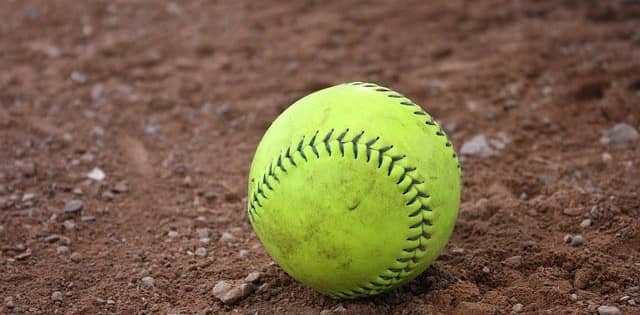
Comparing the weight of softballs and baseballs
Softballs and baseballs get compared to each other very often, and the reason behind that is the shared history between the two sports. In fact, softball originated as an ‘indoor baseball’ game, and gradually earned its place as a unique sport.
However, one place you can immediately see the difference between the two is the balls. Softballs are generally bigger than the average baseball and can weigh between 6.25 ounces all the way to 7 ounces.
Baseballs on the other hand are considerably smaller, with a general weight ranging between 5 to 5.25 ounces. This means that the largest softball can be around 1.75 ounces heavier than the larger baseballs.
An interesting thing to note is the fact that there is a greater variety between weights in softballs, compared to baseballs. While baseballs have a difference of about 0.25 ounces between larger and smaller balls, softballs differ with a range of up to 0.75 ounces!
Different softballs are used in different settings. For example, regulation softballs are about 11 inches in circumference and are used in most softball games. However, there are alternatives for fastpitch that can be a little lighter.
Additionally, there are some softballs used for practice, known as the Chicago-style ball, which is considerably larger than even standard softballs. These can have a circumference of up to 16 inches.
| Softballs | Baseball | ||
| Type of ball | Size | Type of ball | Size |
| High compression ball | 11 inches | Professional grade | 9-9.25 inches |
| Low compression ball | 12 inches | College Level | 9-9.25 inches |
| Chicago style ball | 16 inches | Junior League | 9-9.25 inches |
A comparison between different types of baseball and softball balls and their sizes.
As you can see in the table above, clearly the size of baseballs does not change much depending on different contexts. However, across different types of softball games, the size, and the weight of the ball can change.
The difference in weight between these two balls makes sense when considering the types of games played, and their history. Softball originated as an indoor game, and a heavier ball helped it travel slower across distances, avoiding breakages and damage.
On the other hand, the way these games are played today revolves around this early history. Softball fields are considerably smaller than baseball fields to accommodate the difference in ball size and weight.
Softball pitchers also use an underhand motion to throw, partly because throwing overhand with this size of the ball could place significant stress on the shoulder muscles. The games have evidently evolved to make sense of the size of the balls and to use it to the utmost advantage.
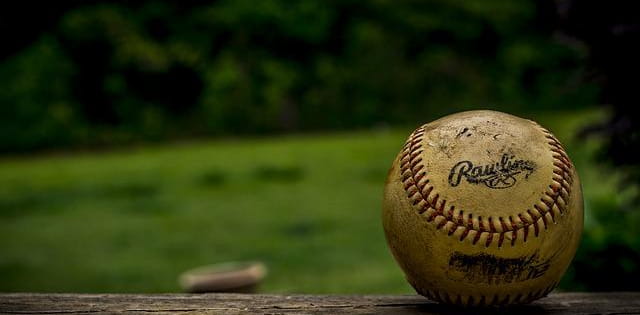
A look into how softballs and baseballs are made
When looking at the weight of the balls used in softball and baseball, it is important to understand why there is a significant difference. The materials, methods, and traditions in the creation of these balls contribute to the weight of the resultant ball.
Baseball
There is no doubt that baseball has always had a notable name in American sports history. The game has become intertwined with the global view of the country, and one of the most notable and iconic images associated with this is the ball itself.
While most balls used in sports have a core that is filled up with air – for example, the balls used in soccer – the baseball itself is actually not hollow. The ball is hard to touch and has a significant bounce.
One of the best ways to see what is inside a baseball is to actually slice it in half. In the cross-section of the baseball, you can see clear and distinct layers that are compressed together to give significant strength, force, and bounce.
The innermost layer of a baseball is known as the pill and is made up of cork. The cork is covered with two layers of rubber. The pill itself only weighs about 0.5 ounces and can be as wide as about 3 inches.
Tension and compression are huge elements of how a baseball is made. The pull is winded up with layers of yarn, to create a strong tension force above it. There are often four layers in all, which have the following distribution:
- With layer one, 121 yards of four-ply yarn is used.
- Layer two involves 45 yards of three-ply yarn.
- Layer three uses 53 yards of three-ply yarn.
- Finally, layer four utilizes 150 yards of blended yarn.
Now that there is tension around the pill, it is time to add a rubber coating. A rubber cement material is used, and then finally, cowhide leather is added on top to create the iconic look of the baseball.
The stitching is one of the most crucial parts of creating baseballs. A red thread of cotton is utilized in this regard, and there are a total of 216 stitches in all on standard baseballs. These are referred to as raised stitches.
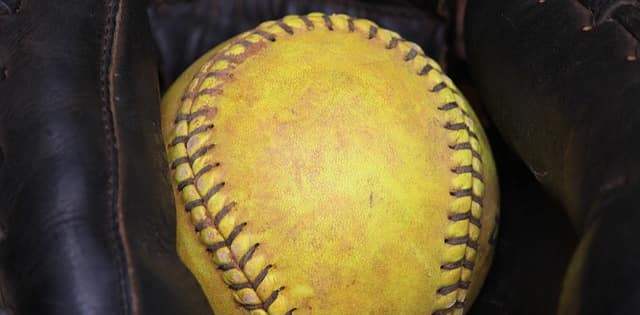
Softballs
Like baseballs, softballs are also created using layers of compressed material. However, because there are so many types of balls used in this game, there may be slight differences in the techniques and materials used.
Right at the center of the softball, there is a core that can either be hard or soft. Harder centers are created using a polyurethane material and are often used in professional settings, or for softball matches at the college level.
Harder centers help to create a ball with better elasticity, durability, distance covered, and comfortable use. Additionally, these balls are less likely to cause damage to the bat during play. These balls are usually used in fastpitch softball.
Soft centers, on the other hand, are created using cork. This is usually ground up, and held in place using rubber. These balls are often used in slowpitch softball matches, and can also be used in junior or high-school leagues.
A greater mass is used to create the center for softballs, which is why the overall ball is bigger than the average baseball. There is also often less of a bounce on a softball, due to the materials used to create it.
These balls are useful for a number of reasons, particularly for younger or less experienced players. Because these balls are softer, there is a decreased risk of injury, although they travel slower when thrown.
Softballs are covered using a standard yellow in most cases, but there are white alternatives. The yellow color helps batters see oncoming balls clearly, and gives them a better chance to hit, despite the lower reaction time they have.
The covers are created using cowhide or synthetic leather. Two pieces are cut in the shape of the number 8, and the leather is placed over the ball and stitched. Cotton or linen threads are used to create clean seams. Click here for Why are Softballs Bigger Than Baseballs?
Depending on the size of the softball, there could be a different number of stitches. For example, here are some standard stitches for different-sized balls.
- 12-inch ball: 88 stitches
- 11-inch ball: 80 stitches
The stitches are specially raised, to allow players to have a better grip on the ball during pitching and throwing. However, there may be differences in seam elevation depending on the manufacturer.
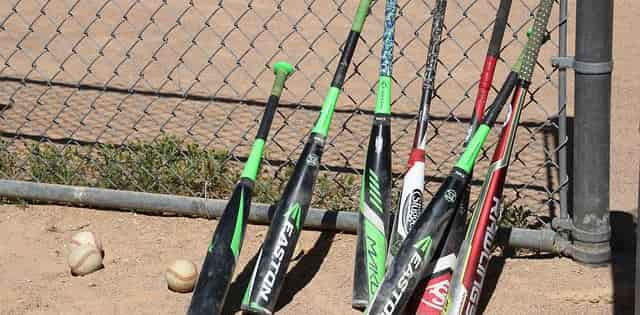
Frequently asked questions
1. Is it harder to hit a softball than a baseball?
Technically, it is harder to hit a softball than a baseball. This is because softball pitchers throw from a distance relatively closer to the batter. This leaves less time for the batter to react, which can affect the number of hits in the game.
2. Why do women primarily play softball?
There are no specific rules or guidelines in baseball or softball that point to a specific gender. In fact, softball was primarily played by men. However, over time, due to varying factors, softball has become a game dominated by women.
At the same time, there are plenty of men who play softball. That being said, there are no major leagues or professional games for men who play softball.
3. What is the cost of a softball?
The cost of a softball can depend on quality. However, you can buy average softballs for as low as $2-3 each. The higher the quality of the ball, the more the price can increase. You can typically purchase softballs in groups of 12.
Final note
There is no doubt out there that there is a significant difference between the balls used in softball and baseball. While weight is one factor, there are also other notable differences that really make the two stand out in relation to each other.
The games of softball and baseball also have unique differences that they owe to the balls used in each game. Over time, softball has emerged as a significant sport in its own right, allowing athletes to be recognized and creating unique rules and guidelines to adjust to the needs of the game.

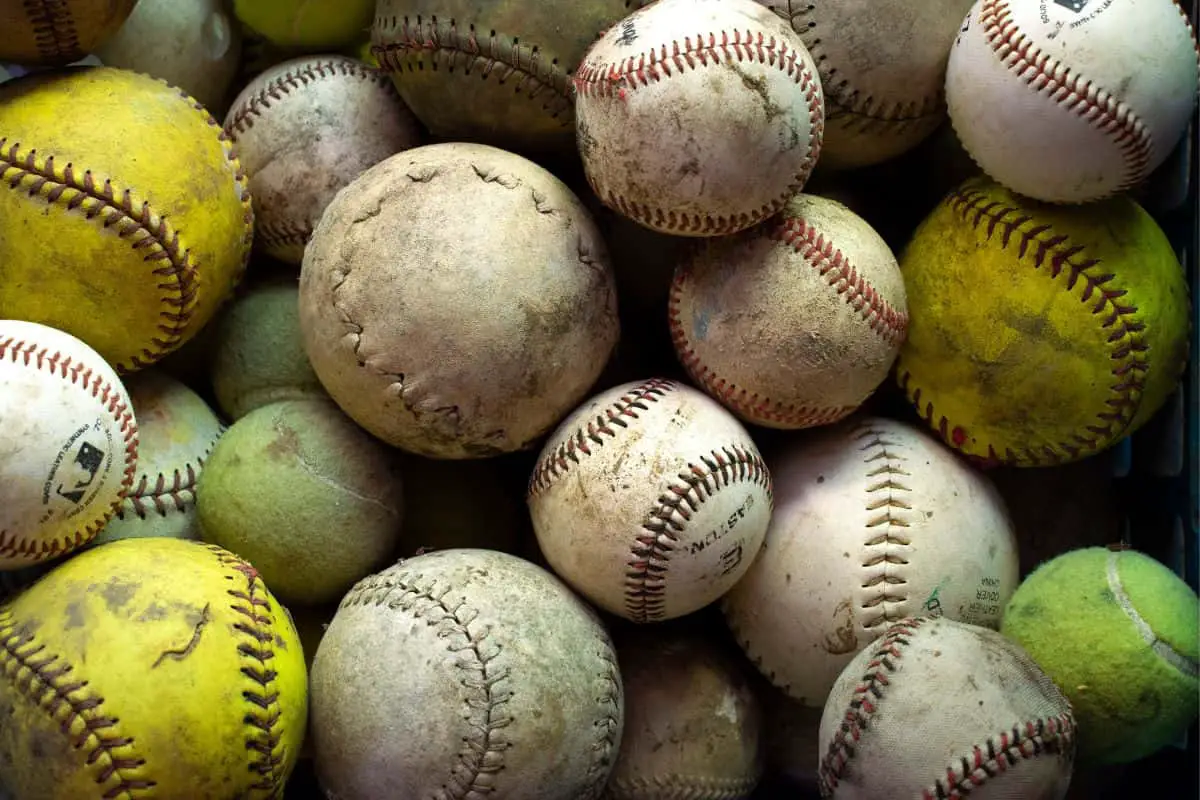
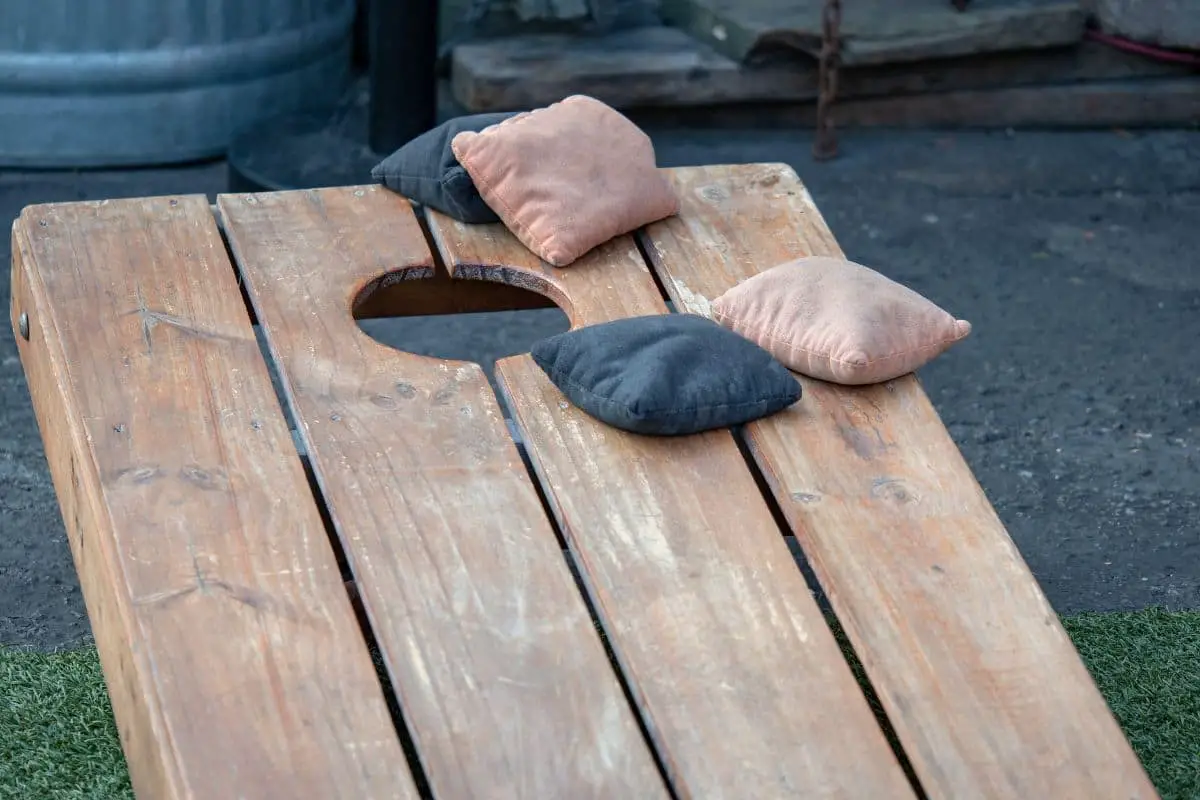
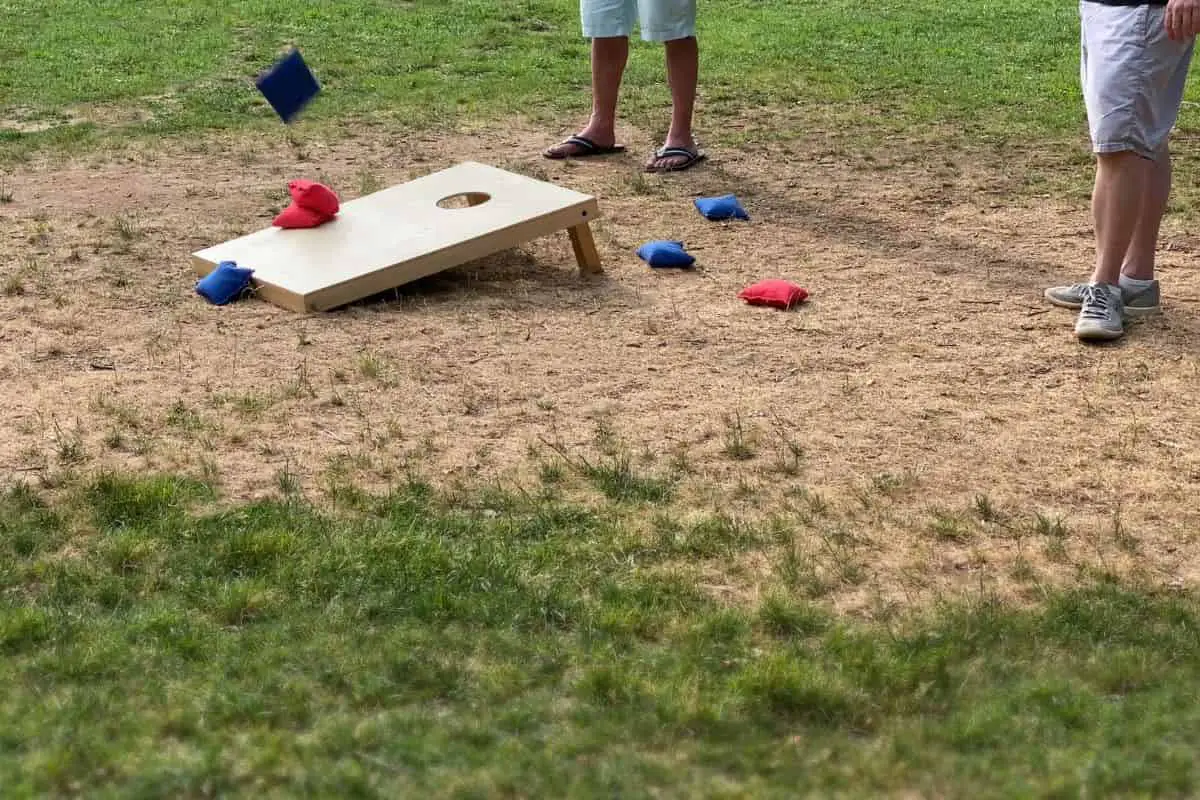

Leave a Reply
You must be logged in to post a comment.